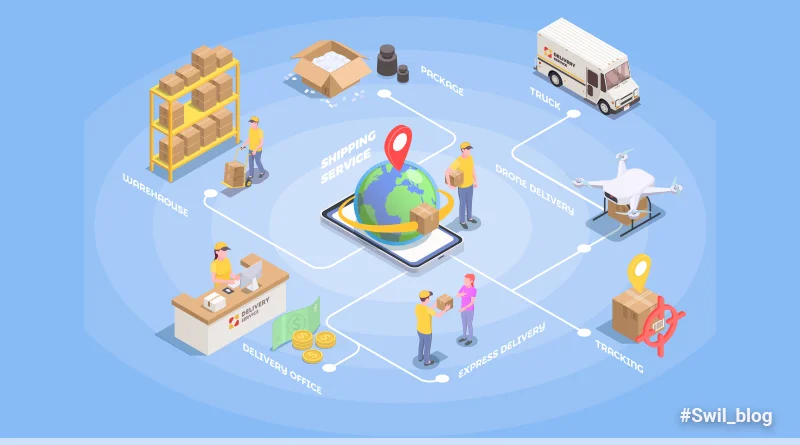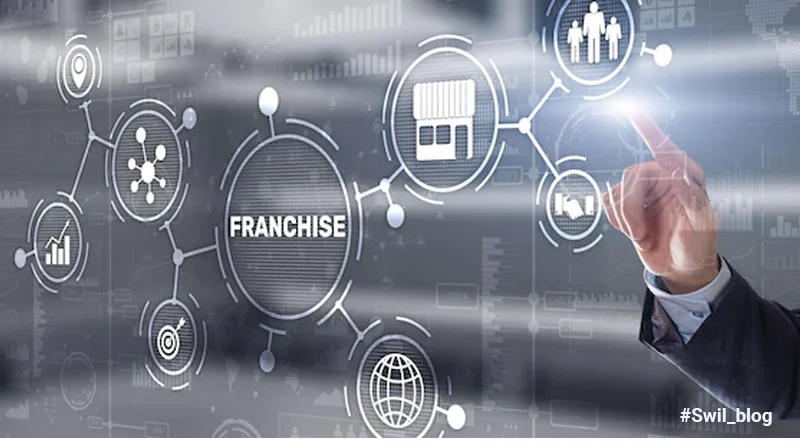Introduction
Retail distribution is a simple concept with a not so simple solution. Businesses that sell products through physical stores, online, or Omni-channel presence need to find a distribution strategy that meets the needs of delivering products to their customers.
In simple words, a distribution strategy means delivering products to consumers. In the virtual era today, customers can quickly meet their needs with a variety of shopping options. Retailers need to focus on delivering products to consumers quickly and in a cost effective manner. It is so that they don’t lose their business to competitors.
Article Content-
- What does Retail Distribution mean?
- What is a Retail Distribution Channel?
- Selection of the right Retail Distribution Strategy
- Making the right choice
- Why do we need to hire the right staff for our retail business?
- Conclusion
What does Retail Distribution mean?

Retail distribution is the process of moving goods from a warehouse, supplier, or wholesaler to a point-of-sale or retail store.
A traditional example of retail distribution is a furniture store owner who needs to move a product from a warehouse to a retail store or department store. Or a florist who needs to buy flowers at the wholesale market and transport them to the store. However, if your e-commerce business sells products in short-term retail markets such as pop-up stores, retail distribution may also be required.
Successful retail distribution isn’t just about setting up billboards, banners and websites to let the world know that you have a product for sale. It’s also a logistics game. It’s where you need to put the right products in the right places at the right time to serve your customers.
The best retail professionals understand the importance of retail distribution channels and strategies aimed at matching the right distribution approach with the right product. Retail distribution channels are the routes that goods and services follow from suppliers to consumers.
This method can be a short direct sales channel from the supplier directly to the consumer. It can also be time consuming and involve wholesalers, distributors, or other agents acting as intermediaries. The more intermediaries, the higher the price of the product. However, these longer distribution channels are required in some areas where direct sales are feasible or impractical.
What is a Retail Distribution Channel?
Retail distribution channels are the routes that goods and services follow from suppliers to consumers. These methods can be a short direct sales channel from the supplier directly to the consumer. It can also be time-consuming and involve wholesalers, distributors, or other agents acting as intermediaries. The more intermediaries, the higher the price of the product. However, these longer distribution channels are required in some areas where direct sales are feasible or impractical.
Selection of the right Retail Distribution Strategy

1. Intensive Distribution
Depending on the type of product and the inventory available, intensive distribution may be the right strategy for your business. It is used to increase brand awareness and deliver the product to the target consumer. This strategy is not suitable for all types of products. In order to be successful, one should consider enabling a company’s supply chain, production, and distribution to cope with this level of market saturation.
Suppliers should consider a few points to determine if this distribution strategy is the right fit for their retail business. Is it feasible for the supply chain, budget and production units to support the volume of production? Is it logistics enough for mass distribution? Will the company manage to get distribution contracts with large retailers? Is the product price range feasible for a large number of consumers?
If the answer for the above questions is no, then intensive distribution is not a suitable retail distribution strategy for your business. For an established brand with new products, this strategy is often selected to build brand awareness around new items. This strategy is suitable for market established businesses. This is so because resources are available to support it. Also established relationships are in place to carry out distribution.
2. Selective Distribution
In selective distribution, it is less expansive and more accessible as compared to exclusive distribution. Here, it is necessary to distribute products of higher price range in a choosy manner. It should be done so in a more specialized manner. Specific demographics should only be targeted. This is mainly used for premium range clothing, electronics, and appliances. Mainly items which don’t fall under the “impulse buy” category.
A supplier must consider some factors before opting for this distribution strategy. Does this product have region specific interest? Is there a specific demographic to target? Does this product come under the luxury category? Is manufacturing and distribution only limited to the company?
With this strategy in place, retail businesses can target specific markets. Also, products can be distributed to selective locations only. Exclusive customers who are likely to purchase these products are targeted.
3. Exclusive Distribution
This is the complete opposite from intensive distribution. Exclusive distribution is a less common retail distribution strategy. Businesses that use this strategy are in the luxury category. They have products such as premium electronics, designer clothes and special appliances.
These luxury products are not marketed to the mass audience. By opting for this retail distribution strategy, companies can have a good appeal to specific audience types. The company can produce a focused product offering with this strategy. They can control production quality and distribution in a close manner. Here, the exclusivity of the brand is maintained.
Making the right choice

While selecting the right distribution strategy, consider the following points:
1. Consider Competitors
- What retail distribution strategies do your competitors use?
- Why are they using this strategy? Is it possible for me to do it?
- Will another retail distribution strategy work more effectively, which will give your business an edge?
2. Costs and Benefits
- It’s important to determine if your strategy is economically feasible for your business.
- Retail distribution strategies are difficult to set up and expensive to cancel if you realize that the plan you choose is the wrong.
- Careful consideration of the costs and benefits of a retail distribution strategy is necessary before implementation.
3. Have backups
- Rank options according to the preference order.
- This provides a useful reference if you disagree with your favorite option.
Why do we need to hire the right staff for our retail business?
- Companies that want to get their products into the hands of consumers need to understand retail distribution.
- They need to choose the best strategy for their business.
- Managers and decision-makers with rich experience in selecting and executing retail distribution strategies are essential.
- Especially if they have worked with retailers and are the best retail professionals for this job.
Conclusion
Most consumers don’t bother while buying everyday products such as paper towels and hand soaps. Purchasing clothes, appliances, small appliances, etc. will make you think before buying, but these are all low-risk products. The higher the price of items, the more frugal the customer is. Distribution strategies should be thoughtful and well-studied if an item is considered luxury or unnecessary.








